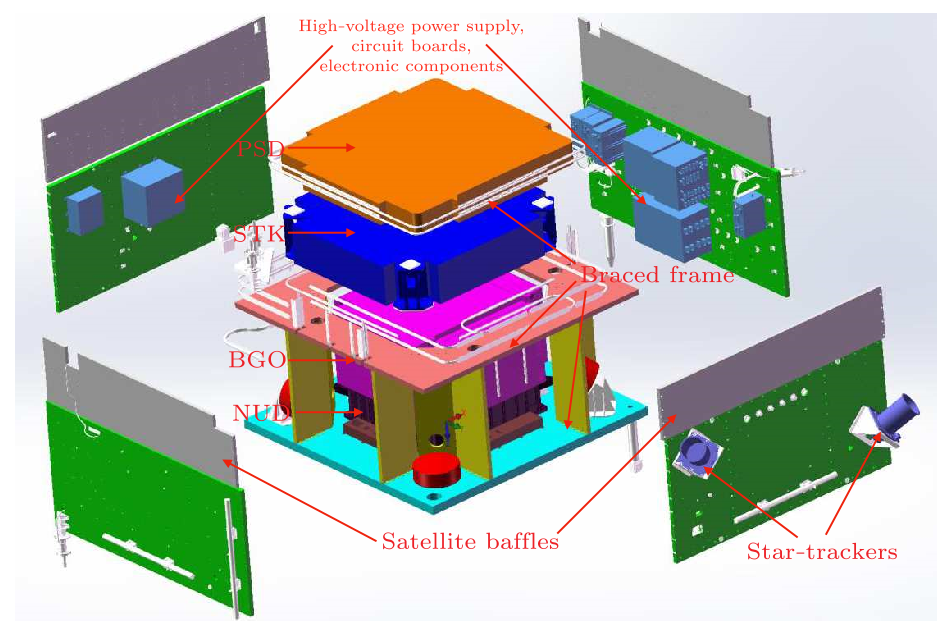
Fig. 1. The geometric model of the entire satellite, including the detector payload and the satellite platform.

Fig. 2. The geometric model of the BGO calorimeter.
- the PEANUT package is activated in the whole energy range for any reaction;
- the minimum kinetic energy for DPMJET-III is set to $5\,\mathrm{GeV}/{\rm n} $ (applying only to reactions between two nuclei heavier than a proton);
- the minimum kinetic energy for RQMD is set to $0.125\,\mathrm{GeV}/{\rm n}$ (applying only to reactions between two nuclei heavier than a proton);
- the same output format as the GEANT4 simulation.
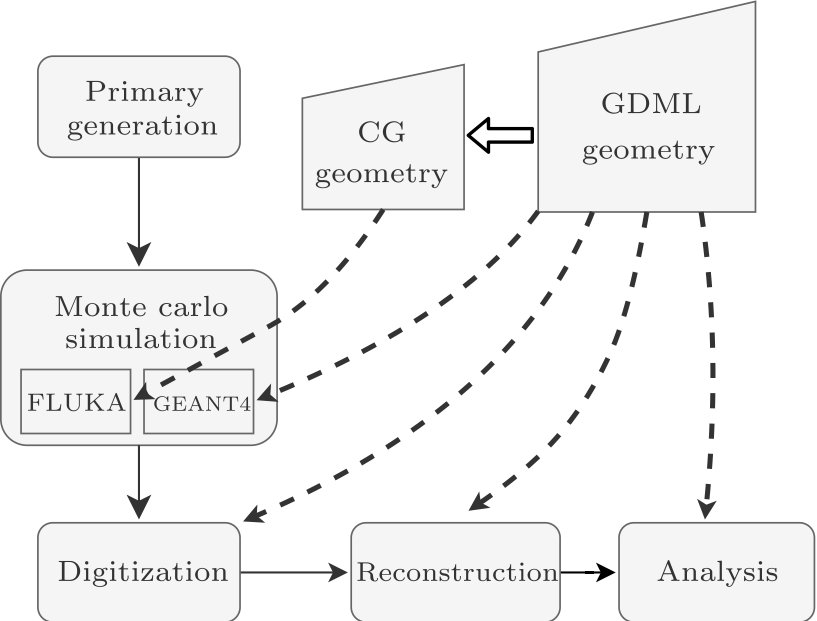
Fig. 3. General scheme for the full simulation data process.
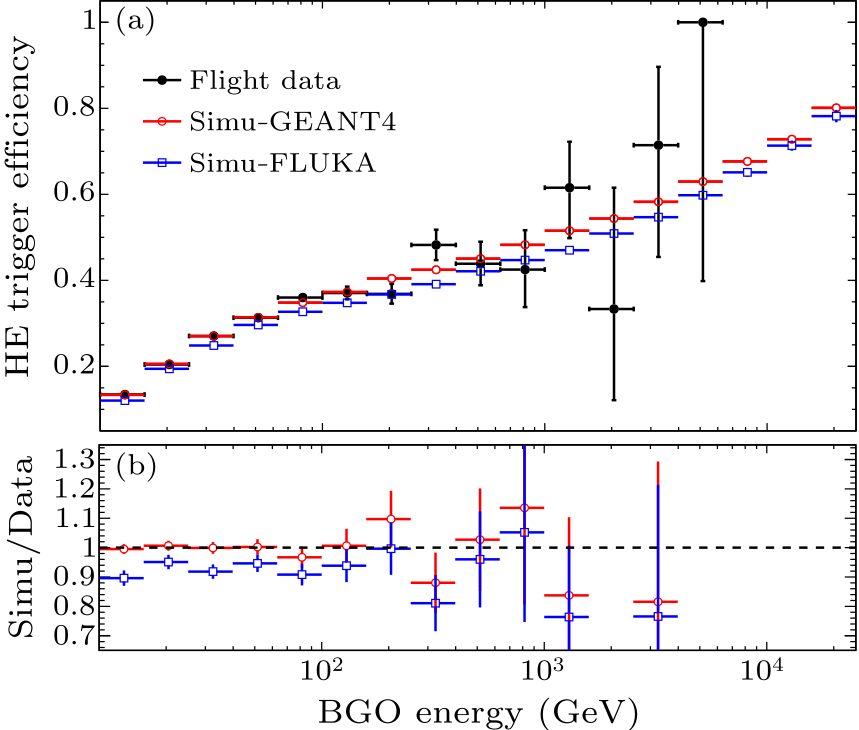
Fig. 4. The HE trigger efficiencies for protons from FLUKA, GEANT4 and flight data: (a) the HE trigger efficiencies defined by Eq. (1), and (b) the efficiency ratio of FLUKA and GEANT4 to the flight data.
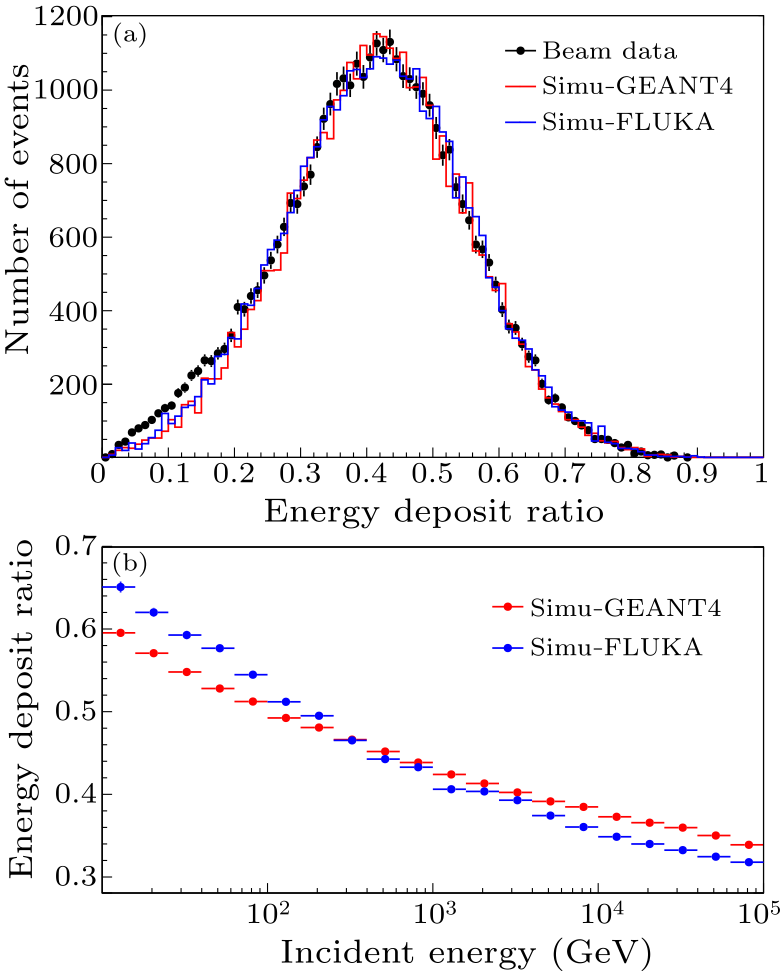
Fig. 5. The energy response for protons from GEANT4 and FLUKA. The top panel shows the distribution of the ratio of total energy deposit with respect to the incident energy for on-axis incident proton beams with 400 GeV/$c$ momentum. Black, red and blue histograms correspond to Beam Data, GEANT4 and FLUKA, respectively. The bottom panel shows the most probable values of the energy deposit ratios as functions of incident energies for GEANT4 (red) and FLUKA (blue), for an isotropic proton source with an $E^{-2.7}$ power-law spectrum.
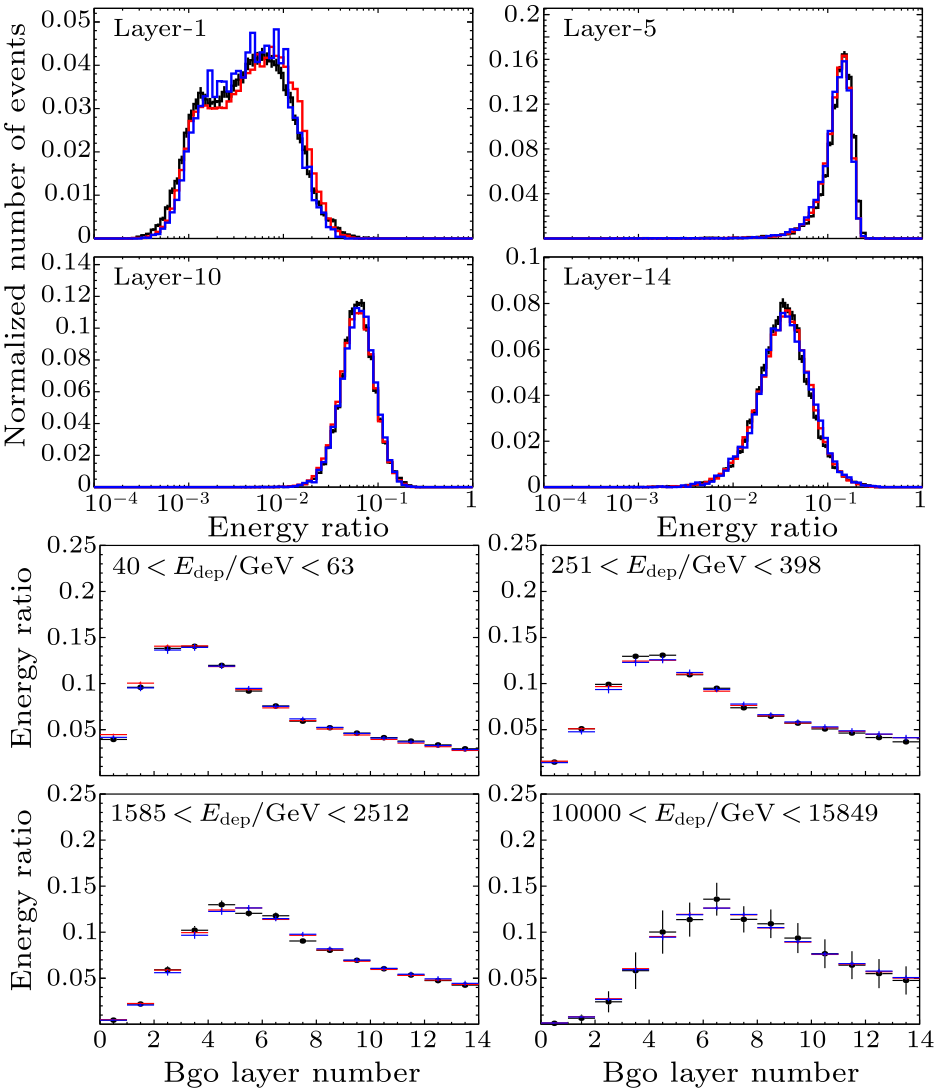
Fig. 6. The longitudinal shower development for protons from GEANT4 and FLUKA. The upper four panels show the energy ratio distributions in four typical BGO layers for total energy deposit between 1000 GeV and 1580 GeV. Black, red and blue histograms correspond to flight data, GEANT4 and FLUKA, respectively. The lower four panels show the profiles of layer energy ratios in four typical energy deposit ranges.

Fig. 7. The transverse shower development for protons from GEANT4 and FLUKA. The upper four panels show the RMS distributions in four typical BGO layers for total energy deposit between 1000 GeV and 1580 GeV. Black, red and blue histograms correspond to flight data, GEANT4 and FLUKA, respectively. The lower four panels show the profiles of layer energy ratio in four typical energy deposit ranges.
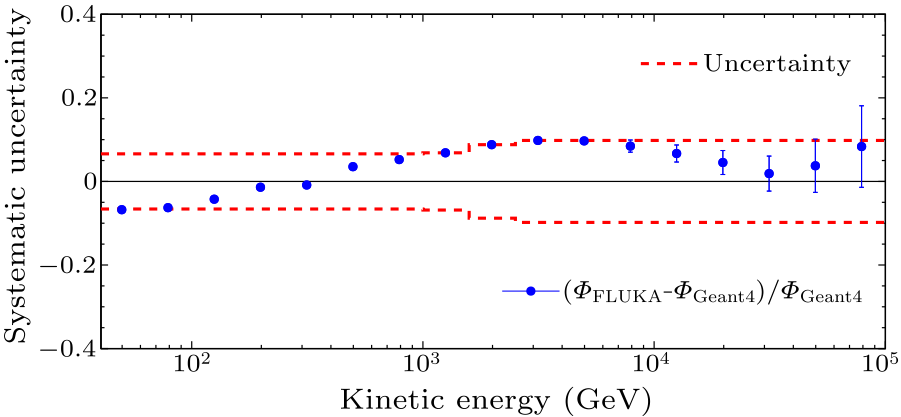
Fig. 8. Energy dependence of the proton flux difference between GEANT4 and FLUKA. The blue points show the difference of measured proton spectrum assuming FLUKA simulation with respect to the spectrum based on GEANT4 simulation. The dashed lines correspond to the associated systematic uncertainty claimed in Ref. [17] .
| [1] | Adriani O et al. (PAMELA) 2011 Science 332 69 | PAMELA Measurements of Cosmic-Ray Proton and Helium Spectra
| [2] | Aguilar M et al. (AMS) 2015 Phys. Rev. Lett. 114 171103 | Precision Measurement of the Proton Flux in Primary Cosmic Rays from Rigidity 1 GV to 1.8 TV with the Alpha Magnetic Spectrometer on the International Space Station
| [3] | Aguilar M et al. (AMS) 2017 Phys. Rev. Lett. 119 251101 | Observation of the Identical Rigidity Dependence of He, C, and O Cosmic Rays at High Rigidities by the Alpha Magnetic Spectrometer on the International Space Station
| [4] | Tanabashi M et al. (Particle Data Group) 2018 Phys. Rev. D 98 030001 | Review of Particle Physics
| [5] | Torii S and Marrocchesi P S (CALET collaboration) 2019 Adv. Space Res. 64 2531 | The CALorimetric Electron Telescope (CALET) on the International Space Station
| [6] | Atkin E et al. 2015 EPJ Web Conf. 105 01002 | The NUCLEON space experiment
| [7] | Chang J 2014 Chin. J. Space Sci. 34 550 (in Chinese) |
| [8] | Chang J et al. (DAMPE) 2017 Astropart. Phys. 95 6 | The DArk Matter Particle Explorer mission
| [9] | Kang S et al. 2019 Adv. Space Res. 64 2564 | On-orbit performance of the top and bottom counting detectors for the ISS-CREAM experiment on the international space station
| [10] | Yuan Q and Feng L 2018 Sci. Chin. Phys. Mech. Astron. 61 101002 | Dark Matter Particle Explorer observations of high-energy cosmic ray electrons plus positrons and their physical implications
| [11] | Yu Y et al. 2017 Astropart. Phys. 94 1 | The plastic scintillator detector for DAMPE
| [12] | Azzarello P et al. 2016 Nucl. Instrum. Methods Phys. Res. Sect. A 831 378 | The DAMPE silicon–tungsten tracker
| [13] | Zhang Z et al. 2016 Nucl. Instrum. Methods Phys. Res. Sect. A 836 98 | The calibration and electron energy reconstruction of the BGO ECAL of the DAMPE detector
| [14] | Huang Y Y, Ma T, Yue C, Zhang Y, Chang J, Dong T K and Zhang Y Q 2020 Res. Astron. Astrophys. 20 153 | Calibration and performance of the neutron detector onboard of the DAMPE mission
| [15] | Ambrosi G et al. (DAMPE) 2019 Astropart. Phys. 106 18 | The on-orbit calibration of DArk Matter Particle Explorer
| [16] | Ambrosi G et al. (DAMPE) 2017 Nature 552 63 | Direct detection of a break in the teraelectronvolt cosmic-ray spectrum of electrons and positrons
| [17] | An Q et al. (DAMPE) 2019 Sci. Adv. 5 eaax3793 | Measurement of the cosmic ray proton spectrum from 40 GeV to 100 TeV with the DAMPE satellite
| [18] | Agostinelli S, Allison J, Amako K et al. 2003 Nucl. Instrum. Methods Phys. Res. Sect. A 506 250 | Geant4—a simulation toolkit
| [19] | Ferrari A, Sala P, Fassö A and Ranft J 2005 FLUKA: A Multi-particle Transport Code CERN Yellow Rep.: Monographs (Geneva: CERN) ISBN 9290832606 |
| [20] | Böhlen T T, Cerutti F, Chin M P W et al. (FLUKA Collaboration) 2014 Nucl. Data Sheets 120 211 | The FLUKA Code: Developments and Challenges for High Energy and Medical Applications
| [21] | Bolshakova A, Boyko I, Chelkov G et al. 2010 Eur. Phys. J. C 70 543 | HARP–CDP hadroproduction data: comparison with FLUKA and GEANT4 simulations
| [22] | Allison J, Amako K, Apostolakis J, Arce P et al. 2016 Nucl. Instrum. Methods Phys. Res. Sect. A 835 186 | Recent developments in Geant4
| [23] | Andersson B, Gustafson G and Nilsson-Almqvist B 1987 Nucl. Phys. B 281 289 | A model for low-pT hadronic reactions with generalizations to hadron-nucleus and nucleus-nucleus collisions
| [24] | Nilsson-Almqvist B and Stenlund E 1987 Comput. Phys. Commun. 43 387 | Interactions between hadrons and nuclei: The Lund Monte Carlo - FRITIOF version 1.6 -
| [25] | GEANT4-Collaboration Geant4 physics list guide |
| [26] | Roesler S, Engel R and Ranft J 2001 Advanced Monte Carlo for Radiation Physics, Particle Transport Simulation and Applications (Berlin: Springer) pp 1033–1038 | Advanced Monte Carlo for Radiation Physics, Particle Transport Simulation and Applications
| [27] | Chytracek R, Mccormick J, Pokorski W and Santin G 2006 IEEE Trans. Nucl. Sci. 53 2892 | Geometry Description Markup Language for Physics Simulation and Analysis Applications
| [28] | Wang C et al. 2017 Chin. Phys. C 41 106201 | Offline software for the DAMPE experiment
| [29] | Emmett M B 1975 Morse monte carlo radiation transport code system Tech. Rep. ORNL-4972 Oak Ridge National Laboratory, USA |
| [30] | GEANT4-Collaboration Geant4 physics reference manual |
| [31] | Zhang Y Q, Guo J H, Liu Y et al. 2019 Res. Astron. Astrophys. 19 123 | Design and on-orbit status of the trigger system for the DAMPE mission
| [32] | D'Agostini G 1995 Nucl. Instrum. Methods Phys. Res. Sect. A 362 487 | A multidimensional unfolding method based on Bayes' theorem